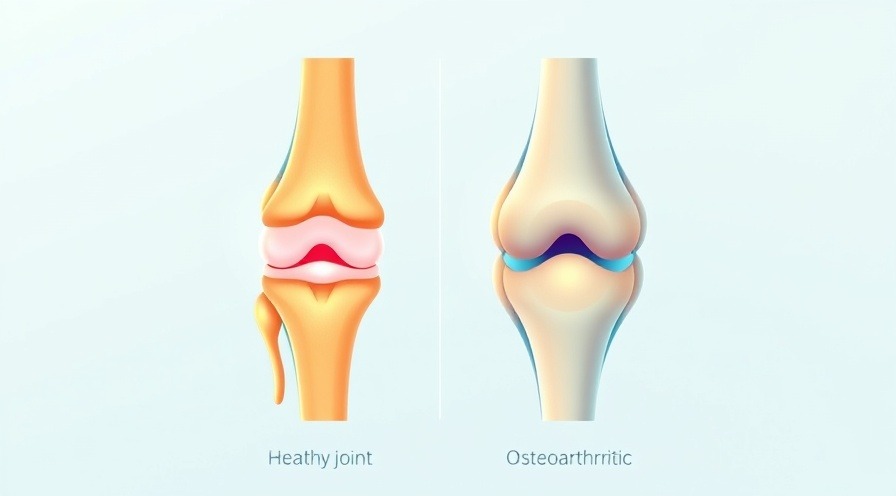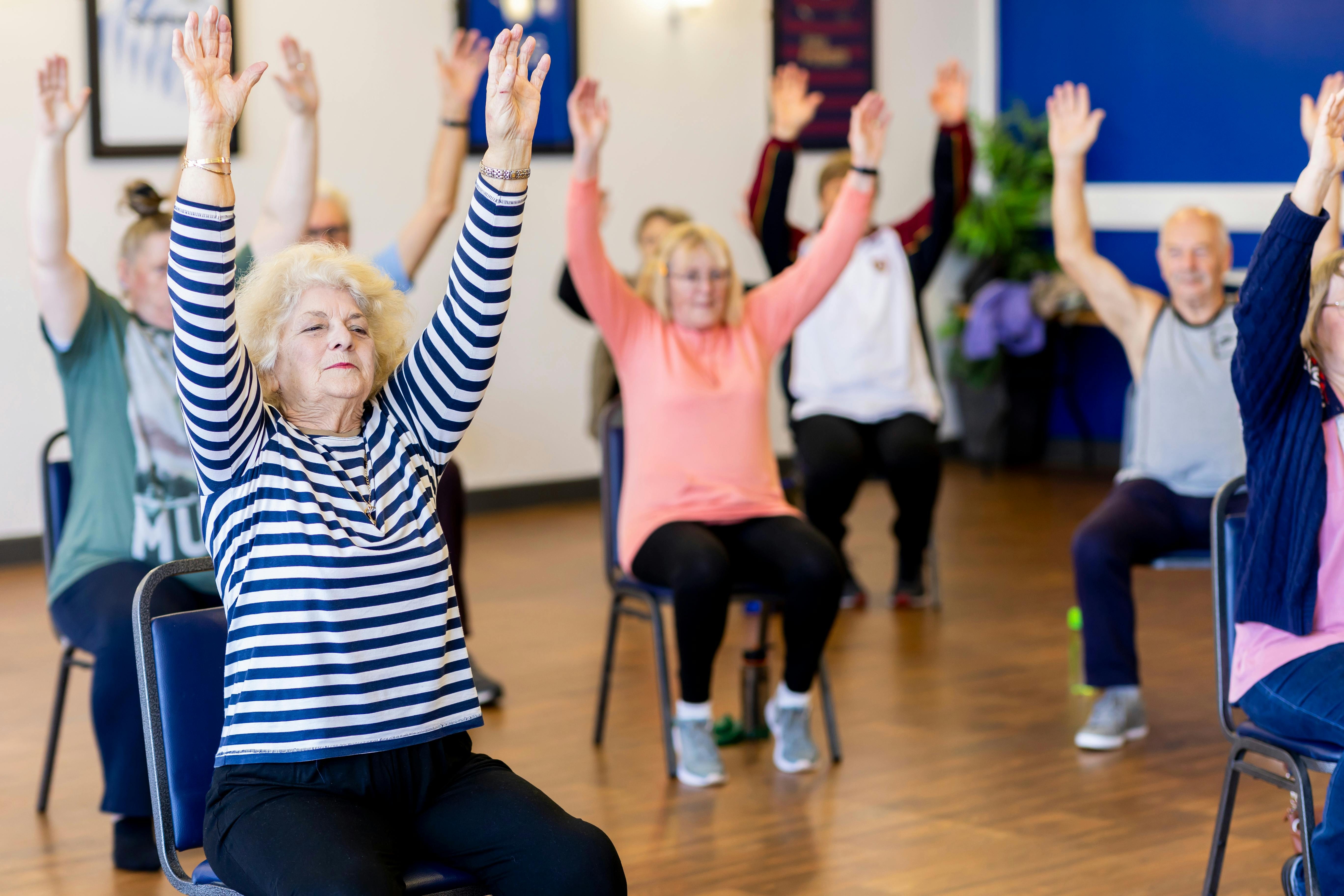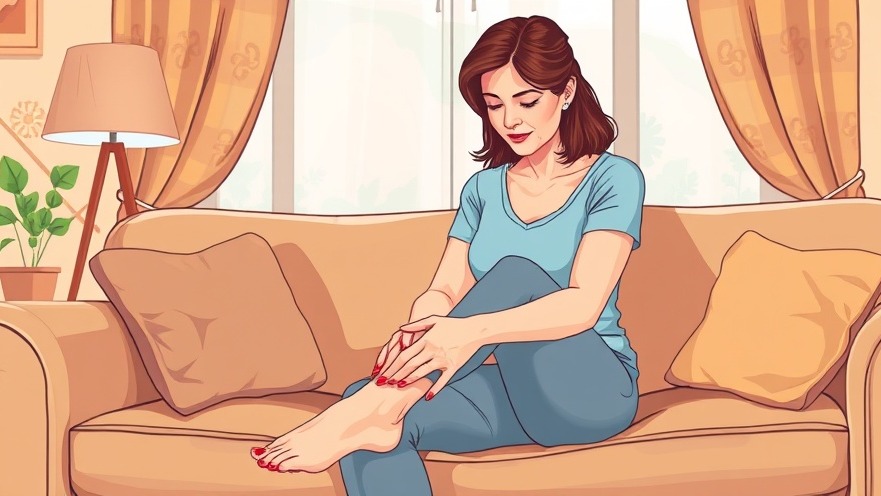
Osteoarthritis: Why Your Joints Are Staging a Rebellion (And How to Make Peace)
If your knees sound like a bowl of Rice Krispies every time you stand up, welcome to the not-so-exclusive club of osteoarthritis sufferers. Don't worry – you're not alone in this creaky journey, and more importantly, you're not powerless against it.
Osteoarthritis (OA) affects over 32.5 million adults in the United States alone, making it the most common form of arthritis. But what exactly is happening when your joints decide to throw their own personal tantrum? Let's dive into the fascinating (and slightly rebellious) world of osteoarthritis.
What Is Osteoarthritis? The Joint Breakdown Explained
Think of your joints as well-oiled machines that have been working overtime for decades. Osteoarthritis occurs when the protective cartilage that cushions the ends of your bones gradually wears down over time. It's like your joint's shock absorbers slowly losing their bounce until bone starts grinding against bone – about as comfortable as it sounds.
Dr. Roy Altman, a renowned rheumatologist and professor at UCLA, describes osteoarthritis as
"a disease of the whole joint,"
affecting not just cartilage but also bone, ligaments, and the joint lining. This comprehensive view helps explain why OA can feel like your entire joint is staging a revolt.

The Root Causes: Why Joints Go Rogue
Age: The Uninvited Guest
Let's face it – aging is like that relative who overstays their welcome. While osteoarthritis isn't an inevitable part of getting older, age is the biggest risk factor. After age 65, about 80% of people show some evidence of osteoarthritis on X-rays, though not everyone experiences symptoms.
Mechanical Factors: When Life Gets Heavy
Your joints are remarkably resilient, but they're not indestructible. Factors that increase wear and tear include:
Obesity: Extra weight puts additional stress on weight-bearing joints. According to the Framingham Study, published in the Annals of Internal Medicine, every pound of weight loss reduces knee stress by four pounds during walking.
Joint injuries: That old sports injury might come back to haunt you decades later
Repetitive stress: Jobs or activities that repeatedly stress particular joints
Joint alignment: Being knock-kneed or bow-legged can accelerate cartilage breakdown
Genetics: Thanks, Grandma
Research published in the journal Nature Genetics has identified multiple genetic variants associated with osteoarthritis risk. If your family tree is full of creaky joints, you might have inherited more than just Great Aunt Martha's eyes.
Recognizing the Symptoms: Your Joint's SOS Signals
Osteoarthritis doesn't usually announce itself with fanfare. Instead, it creeps in like a sneaky houseguest, making itself comfortable before you fully realize it's there.
Primary Symptoms Include:
Joint pain: Often described as a deep, aching pain that worsens with activity
Stiffness: Particularly noticeable in the morning or after periods of inactivity (hello, "morning shuffle")
Reduced range of motion: Your joints might feel like they're on strike
Joint swelling: Mild swelling around affected joints
Bone spurs: Extra bits of bone that form around joints (your body's misguided attempt at self-repair)
That lovely grating sensation: Called crepitus, it's your cartilage's way of saying it's not happy
Dr. David Felson from Boston University Medical Center notes that osteoarthritis pain typically follows a pattern: "It's usually worse with activity and better with rest, at least in the early stages."
Getting Diagnosed: Detective Work for Your Joints
Diagnosing osteoarthritis involves a combination of detective work and modern technology. Your healthcare provider will likely:
Physical Examination
Your doctor will check for tenderness, swelling, redness, and flexibility in your joints. They might also listen for that telltale crepitus sound – yes, your joints are literally talking to them.
Imaging Tests
X-rays: The gold standard for showing joint space narrowing and bone spurs
MRI: Sometimes used to get a detailed look at cartilage and other soft tissues
Joint fluid analysis: Occasionally done to rule out other conditions
Medical History Review
Your doctor will want to know about your symptoms, family history, and any previous injuries. Be honest – this isn't the time to downplay that "minor" football injury from 1987.

Treatment Options: Your Arsenal Against Joint Rebellion
The good news? While there's no cure for osteoarthritis, there are numerous ways to manage symptoms and slow progression. Think of it as negotiating a peace treaty with your joints.
Non-Pharmacological Approaches
Exercise: Sounds counterintuitive when movement hurts, but appropriate exercise is crucial. A study in the Journal of Rheumatology found that regular low-impact exercise reduced pain and improved function in people with knee osteoarthritis.
Weight Management: Losing even modest amounts of weight can significantly reduce joint stress. The Arthritis Foundation recommends aiming for just a 10-15 pound weight loss to see meaningful improvements.
Physical Therapy: A good physical therapist is like a joint whisperer, helping you move better and hurt less.
Heat and Cold Therapy: Heat can relax muscles and improve circulation, while cold can reduce inflammation and numb pain.
Medications
Over-the-counter pain relievers: NSAIDs like ibuprofen and naproxen
Topical treatments: Creams and gels applied directly to affected joints
Prescription medications: For more severe cases
Joint injections: Corticosteroids or hyaluronic acid injections
Advanced Treatments
For severe cases, surgical options like joint replacement might be considered. Hip and knee replacements have excellent success rates, with most people experiencing significant pain relief and improved mobility.
The Path Forward: Living Well with Osteoarthritis
Osteoarthritis might feel like an unwelcome life sentence, but it doesn't have to define your quality of life. With proper management, many people continue leading active, fulfilling lives.
As Dr. John Richmond from Harvard Medical School puts it:
"Osteoarthritis is not a disease you have to suffer through silently. There are many effective treatments available, and the key is finding the right combination that works for you."
Remember, managing osteoarthritis is a marathon, not a sprint. Be patient with yourself, work closely with your healthcare team, and don't be afraid to advocate for your comfort and mobility. Your joints may be staging a rebellion, but with the right strategy, you can negotiate a lasting peace.
Disclaimer: This article is for informational purposes only and should not replace professional medical advice. Always consult with qualified healthcare providers for diagnosis and treatment of medical conditions.
 Add Row
Add Row  Add
Add 




Write A Comment